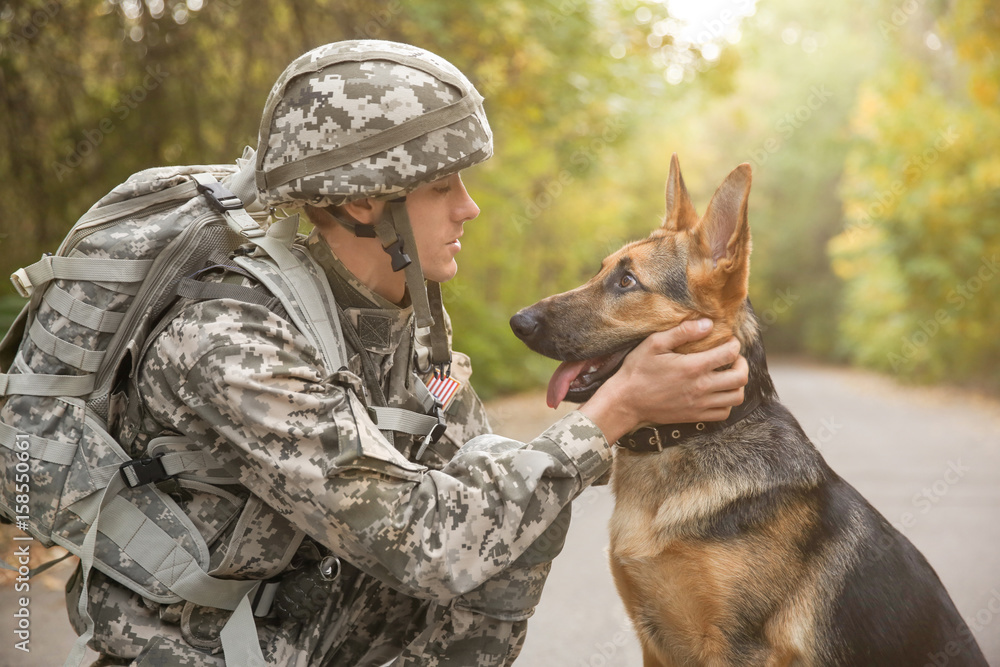Military Dogs working
What Do Military Working Dogs Do?
Dogs have fought alongside humans since ancient times. Egyptians, Greeks, Persians, Romans, and others used dogs as sentries and scouts, and sometimes brought dogs into battle. Attila the Hun used breeds similar to wild mastiffs, which sometimes donned armor and went into battle.
Military Working Dogs: Facts
More recently, Germany developed a military dog training program in the late 19th century, and European armies used dogs during World War I to locate wounded soldiers, deliver supplies, and serve as couriers. Although dogs have been working with soldiers in the United States since the Civil War, it wasn't until World War II that the first K-9 Corps was created. They were officially recognized in the United States on March 13, 1942. Today, military working dogs are an integral part of the armed forces in the United States and around the world. But unlike before, these dogs were seen as valuable and respected assets, four-legged soldiers. The U.S. military uses dogs in all branches of service. Dogs are trained for specific tasks,including tracking, explosive detection, patrol, search and rescue, and attack. Their work is invaluable, and it’s no wonder that these dogs are precious resources.
In fact, they’re in such high demand that there is currently a scarcity of trained Military Working Dogs (MWD). According to Air Force statistics, the number of dogs is about 38 percent lower than during the height of the war in Afghanistan.
Taking care of these dogs in the wild is a major concern. Typically, the dog handler is solely responsible for his care, including emergency veterinary care if the dog is injured in the wild. Now, the Department of Defense is taking steps to ensure these canine heroes get the care they need locally and beyond.
Unlike ancient dogs which were just a weapon, today's military working dogs are considered comrades by the troops and they deserve the same quality of care and medical attention as their human counterparts. Training paramedics to treat injured working dogs in real life ensures these canine heroes receive the respect and care they deserve.
Demand for Military Working Dogs:
- A fully trained bomb detection canine is likely worth over $150,000
- The AKC was asked several years ago to assist and then implement a plan for a detection-dog breeding program within the U.S. since government agencies have for decades relied heavily on European stock to meet their growing needs.
- The AKC Detection Dog Working Group was created to raise awareness and inform U.S. breeders, citizens, and research organizations about the organization's participation.
- Over the past three years, detection dog task force meetings have been well attended, and experts have come together to determine how U.S. breeders can better engage in producing healthy dogs for explosives and patrol detection missions.
- Over 80% of working/tracking dogs in the U.S. are imported from Eastern Europe, even though there are an estimated 73 million dogs in the U.S., of which about 10 million are purebreds.
- Federal, local and private suppliers are looking for puppies aged 10-12 months.
- The Department of Defense conducts assessments at its training center in Lachlan and requires sellers to bring the dogs there, where they can be assessed for up to 10 days.


Comments